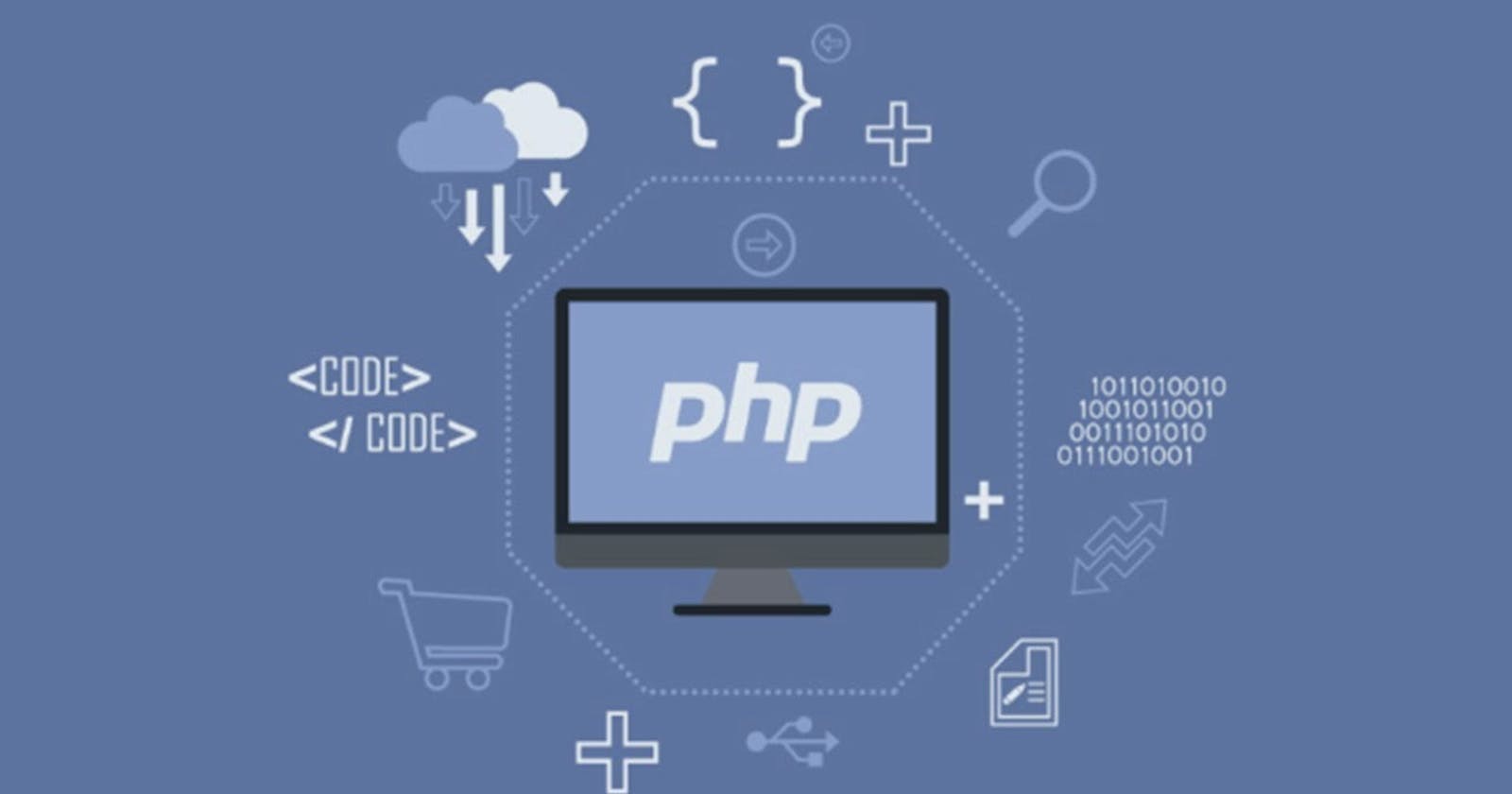PHP is an open-source, interpreted, and object-oriented scripting language that can be executed at the server-side. PHP is well suited for web development. Therefore, it is used to develop web applications (an application that executes on the server and generates the dynamic page.)
PHP tutorial for beginners and professionals provides in-depth knowledge of PHP scripting language. Our PHP tutorial will help you to learn PHP scripting language easily.
This PHP tutorial covers all the topics of PHP such as introduction, control statements, functions, array, string, file handling, form handling, regular expression, date and time, object-oriented programming in PHP, math, PHP MySQL, PHP with Ajax, PHP with jQuery and PHP with XML.
PHP is a server-side scripting language, which is used to design the dynamic web applications with MySQL database.
It handles dynamic content, database as well as session tracking for the website.
You can create sessions in PHP.
It can access cookies variable and also set cookies.
It helps to encrypt the data and apply validation.
PHP supports several protocols such as HTTP, POP3, SNMP, LDAP, IMAP, and many more.
Using PHP language, you can control the user to access some pages of your website.
As PHP is easy to install and set up, this is the main reason why PHP is the best language to learn.
PHP can handle the forms, such as - collect the data from users using forms, save it into the database, and return useful information to the user. For example - Registration form.
PHP stands for Hypertext Preprocessor.
PHP is an interpreted language, i.e., there is no need for compilation.
PHP is faster than other scripting languages, for example, ASP and JSP.
PHP is a server-side scripting language, which is used to manage the dynamic content of the website.
PHP can be embedded into HTML.
PHP is an object-oriented language.
PHP is an open-source scripting language.
PHP is simple and easy to learn language.
These PHP coding standards are intended for the WordPress community as a whole. They are mandatory for WordPress Core and we encourage you to use them for your themes and plugins as well.
While themes and plugins may choose to follow a different coding style, these coding standards are not just about code style, but also encompass established best practices regarding interoperability, translatability, and security in the WordPress ecosystem, so, even when using a different code style, we recommend you still adhere to the WordPress Coding Standards in regard to these best practices.
While not all code may fully comply with these standards (yet), all newly committed and/or updated code should fully comply with these coding standards.
Also see the PHP Inline Documentation Standards for further guidelines.
If you want to automatically check your code against this standard, you can use the official WordPress Coding Standards tooling, which is run using PHP_CodeSniffer.
If you’re looking around on the web for information about PHP, you’ll see it’s a “server-side” scripting language. Unfortunately, that short definition isn’t helpful for beginners.
The term “server-side” just means that all those PHP files in WordPress do their work on your web hosting server. So, in simple terms, when someone goes to your website, WordPress accesses the PHP files to get your database information (like your blog post content) to show it to your visitor.
That sounds simple enough. However, there’s a little problem. Web browsers don’t read PHP. They read HTML.
HTML is a type of scripting language used to create website pages. We refer to HTML as a “client-side” scripting language.
